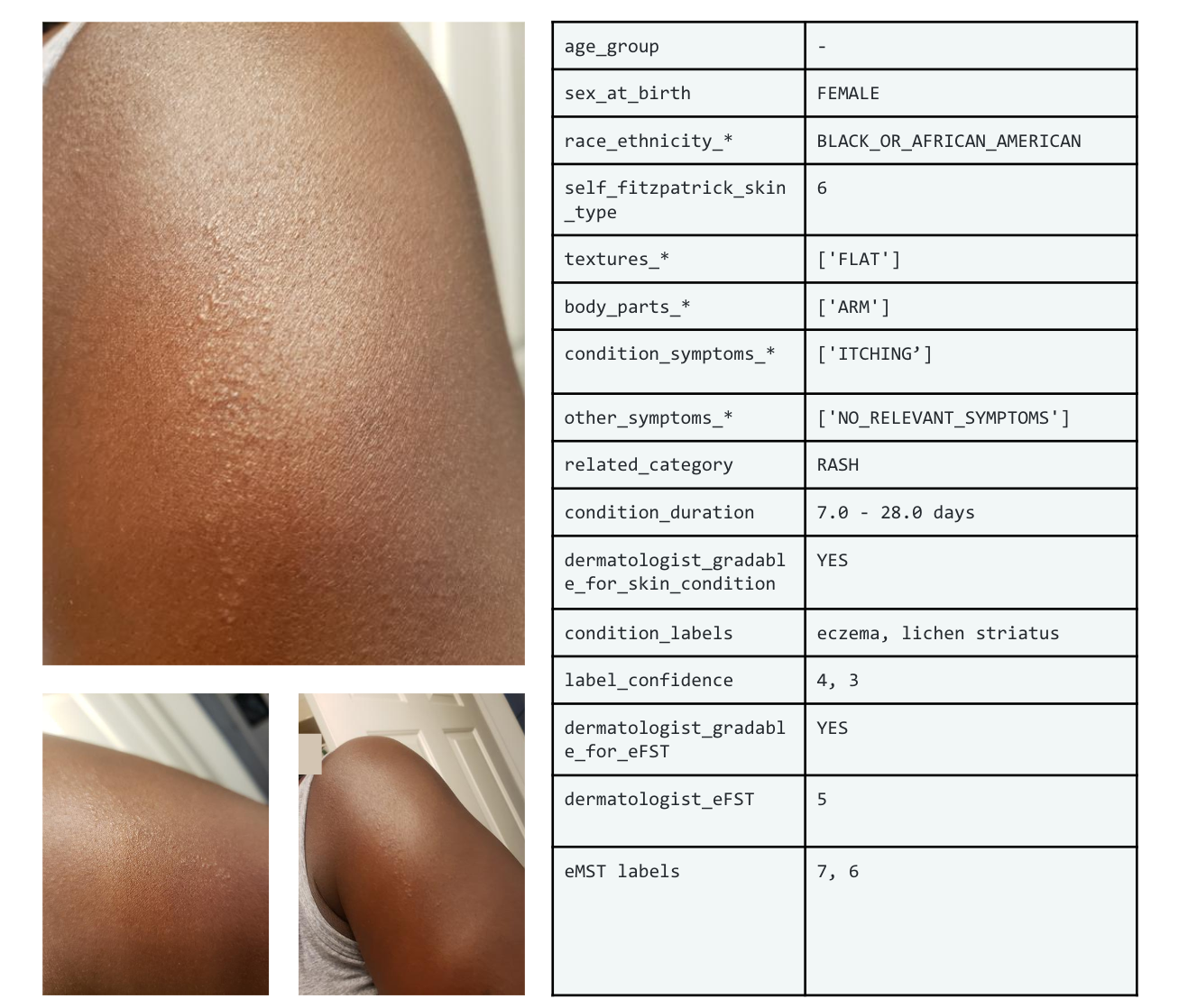
Exploring Computational Thinking
October 25, 2010
Posted by Elaine Kao, Education Program Manager
Over the past year, a group of California-credentialed teachers along with our own Google engineers came together to discuss and explore ideas about how to incorporate computational thinking into the K-12 curriculum to enhance student learning and build this critical 21st century skill in everyone.
What exactly is computational thinking? Well, that would depend on who you ask as there are several existing resources on the web that may define this term slightly differently. We define computational thinking (CT) as a set of skills that software engineers use to write the programs that underlay all of the computer applications you use every day. Specific CT techniques include:
- Problem decomposition: the ability to break down a problem into sub-problems
- Pattern recognition: the ability to notice similarities, differences, properties, or trends in data
- Pattern generalization: the ability to extract out unnecessary details and generalize those that are necessary in order to define a concept or idea in general terms
- Algorithm design: the ability to build a repeatable, step-by-step process to solve a particular problem
To this end, we’d like to introduce you to a new resource: Exploring Computational Thinking. Similar to some of our other initiatives in education, including CS4HS and Google Code University, this program is committed to providing educators with access to our curriculum models, resources, and communities to help them learn more about CT, discuss it as a strategy for teaching and understanding core curriculum, as well as easily incorporate CT into their own curriculum, whether it be in math, science, language, history or beyond. The materials developed by the team reflect both the teachers’ expertise in pedagogy and K-12 curriculum as well as our engineers’ problem-solving techniques that are critical to our industry.
Prior to launching this program, we reached out to several educators and classrooms and had them try our materials. Here’s some of the feedback we received:
- CT as a strategy for teaching and student learning works well with many subjects, and can easily be incorporated to support the existing K-12 curriculum
- Our models help to call out the specific CT techniques and provide more structure around the topics taught by educators, many of who were already unknowingly applying CT in their classrooms
- Including programming exercises in the classroom can significantly enrich a lesson by both challenging the advanced students and motivating the students who have fallen behind
- Our examples provide educators with a means of re-teaching topics that students have struggled with in the past, without simply going through the same lesson that frustrated them before
-
Labels:
- Education Innovation


